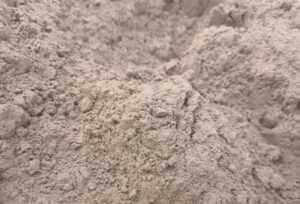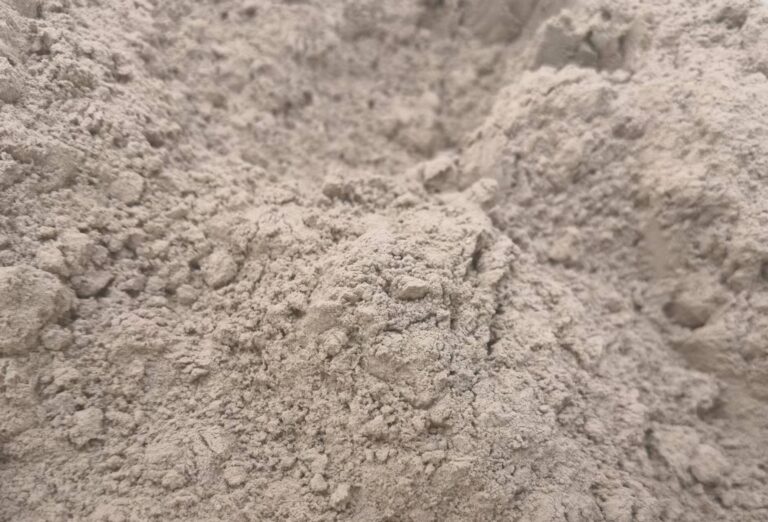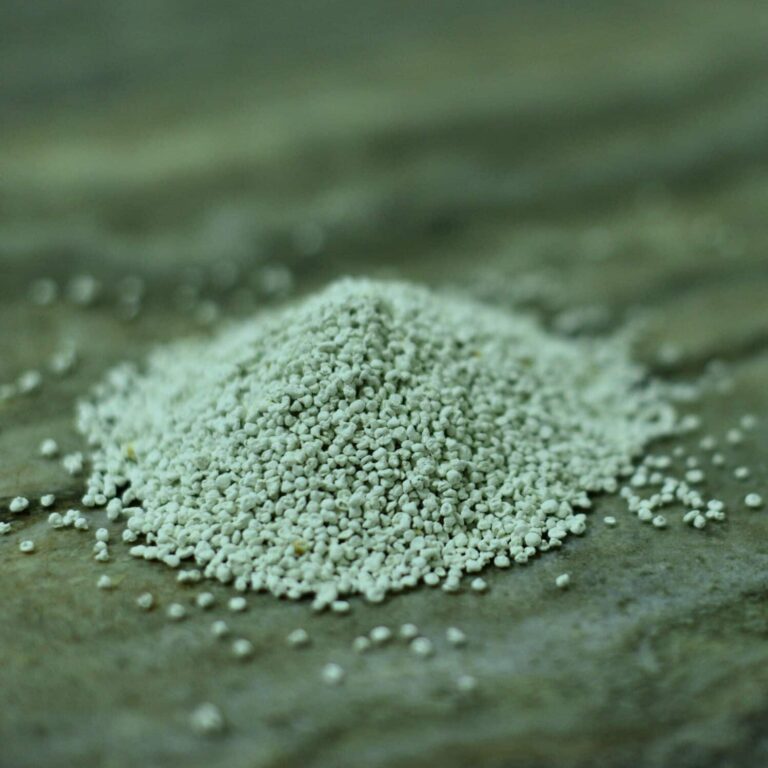
An Intro to Our Beast, Kylin Pellets
What is Kylin Pellets®?
To begin with, Kylin is a legendary hooved chimerical one-horned creature that appears in Chinese mythology. Why do we name our pellets after Kylin? Because they have something in common: they all originate from China and are unique.
Kylin Pellets® was developed in China by our intimate partner (Zhanyuan Environmental Technologies Co., Ltd.) in 2021 to remove phosphates from the water. The active element in Kylin Pellets® is lanthanum, a rare-earth element with a strong affinity to bind with phosphate.
I know, it’s starting to sound like certian types of phosphorus sequestering agent with a fancy name to you. But the stunning and unique features of Kylin Pellets® distinguish them from traditional materials:
- Kylin Pellets® do not disperse or dissolve in water. They will stay in the form as they were in the water, forever.
- Kylin Pellets® have a sustained absorbing functionality. It works like another Chinese mythical creature-Pixiu, who is capable of drawing wealth (in this case, phosphate) from all directions, all the time.
- The maximum adsorption capacity of Kylin Pellets® is 26mg/g. That’s quite a number!
- Kylin Pellets® can reduce phosphate close to or below standard detection limits (10μg/L). We don’t want to brag, but not all filter products could push this far.
Besides, Kylin Pellets® is environmentally safe, easy to use, and can permanently bind phosphate.
Phosphate Removal Capability Verification
We carried out a month-long experiment in November 2022 to further verify the above statement.
Design of the Experiment
The primary purpose of this experiment is to verify that Kylin Pellets® is capable of reducing phosphate close to or below standard detection limits. As a result, the dosage we adopted here is slightly higher than recommended.
Result of the Experiment
The test result of PO4-P in the two groups at each point of time are listed here:
Effect of Kylin Pellets on Phosphate (PO4-P) Removal
| Test Subject/Group | 0d (mg/L) | 2d (mg/L) | 31d (mg/L) | Removal Rate after 31d |
| 1 | 1.200 | 1.000 | 0.020 | 98.3% |
| 2 | 1.200 | 0.700 | 0.010 | 99.2% |
The data showed that after 31 days of static reaction, Phosphate in the water samples was reduced from 1.2mg/L to 0.02mg/L and 0.01 mg/L. The phosphate removal rates were 98.3% and 99.2%, respectively. The result shows that Kylin Pellets® is capable of reducing phosphate close to or below standard detection limits.
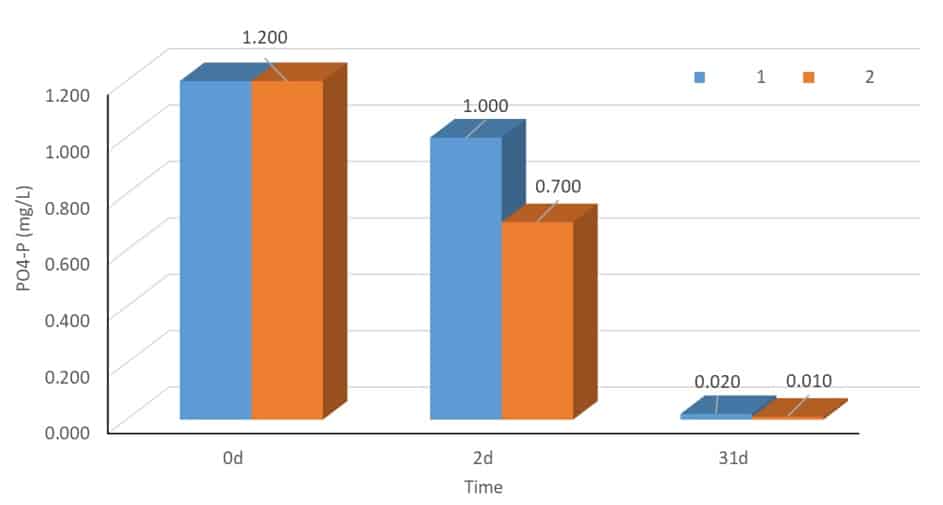
In addition, we observed that the Kylin Pellets® morphology remained undispersed in the granular state throughout the test.
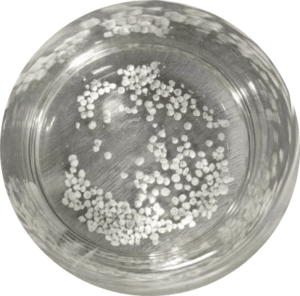
Final Thoughts
Despite the impact of epidemic control on the conduct of the experiment, the test can still be considered a success. Because the experiment perfectly verified the product’s ability to remove phosphate.
The form of Kylin Pellets® does not change when added to water, which gives Kylin Pellets® a great advantage and market potential for phosphorus removal in multiple scenarios.
In our next experiment, we will verify the maximum adsorption capacity of Kylin Pellets®, under the recommended dosage, in bigger experiment equipment and with denser monitoring frequency.
Stay tuned for our next report!

